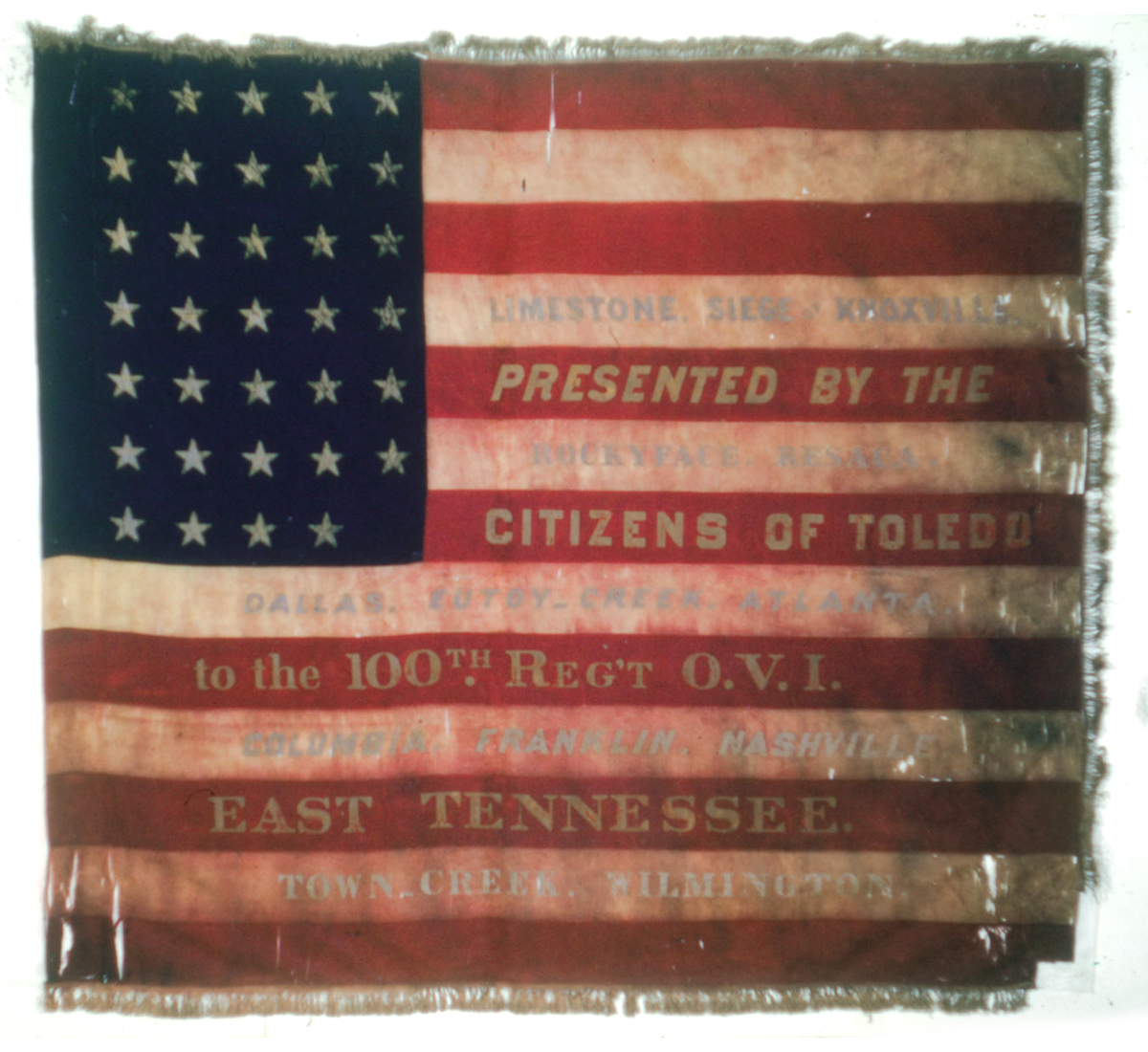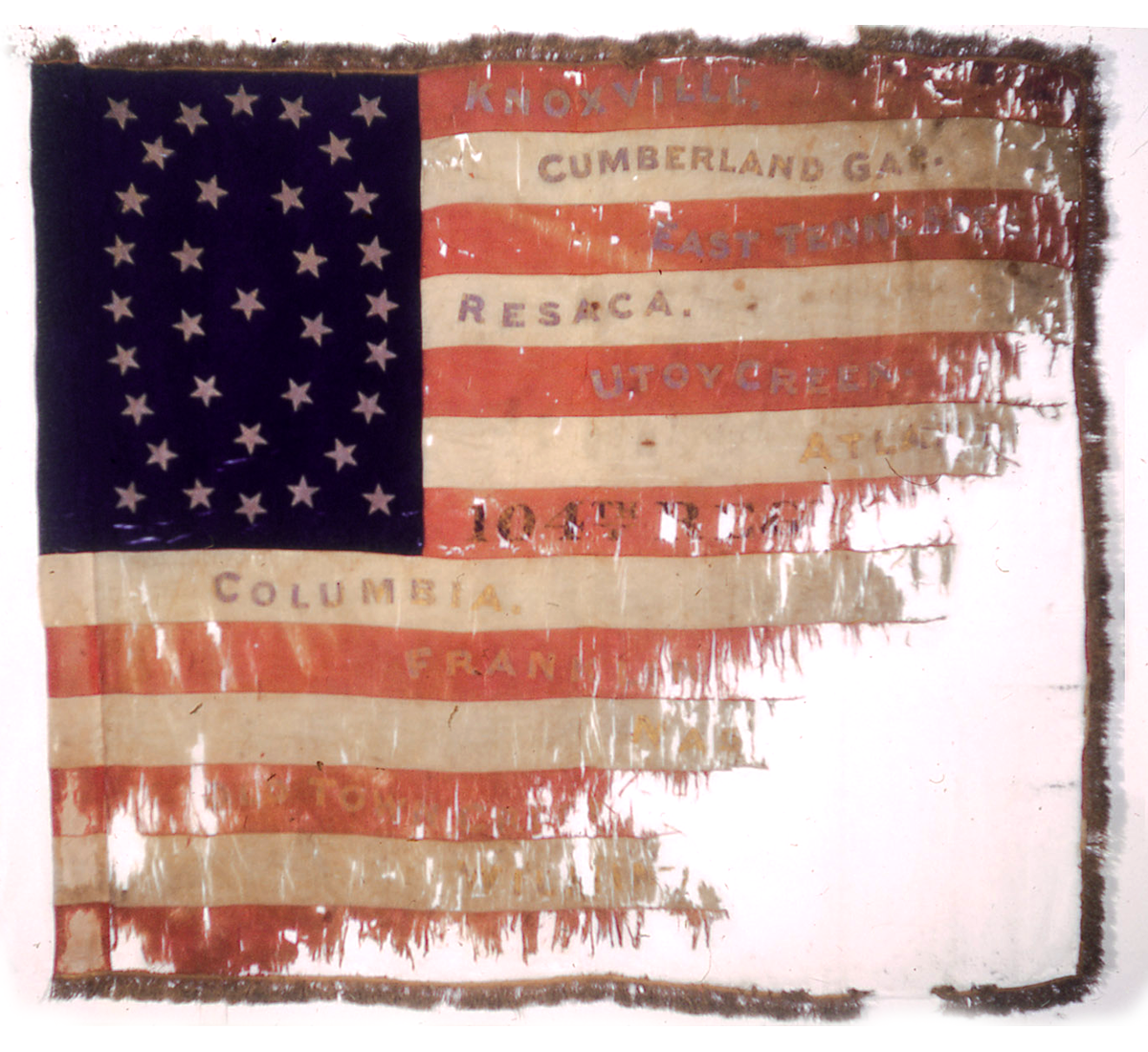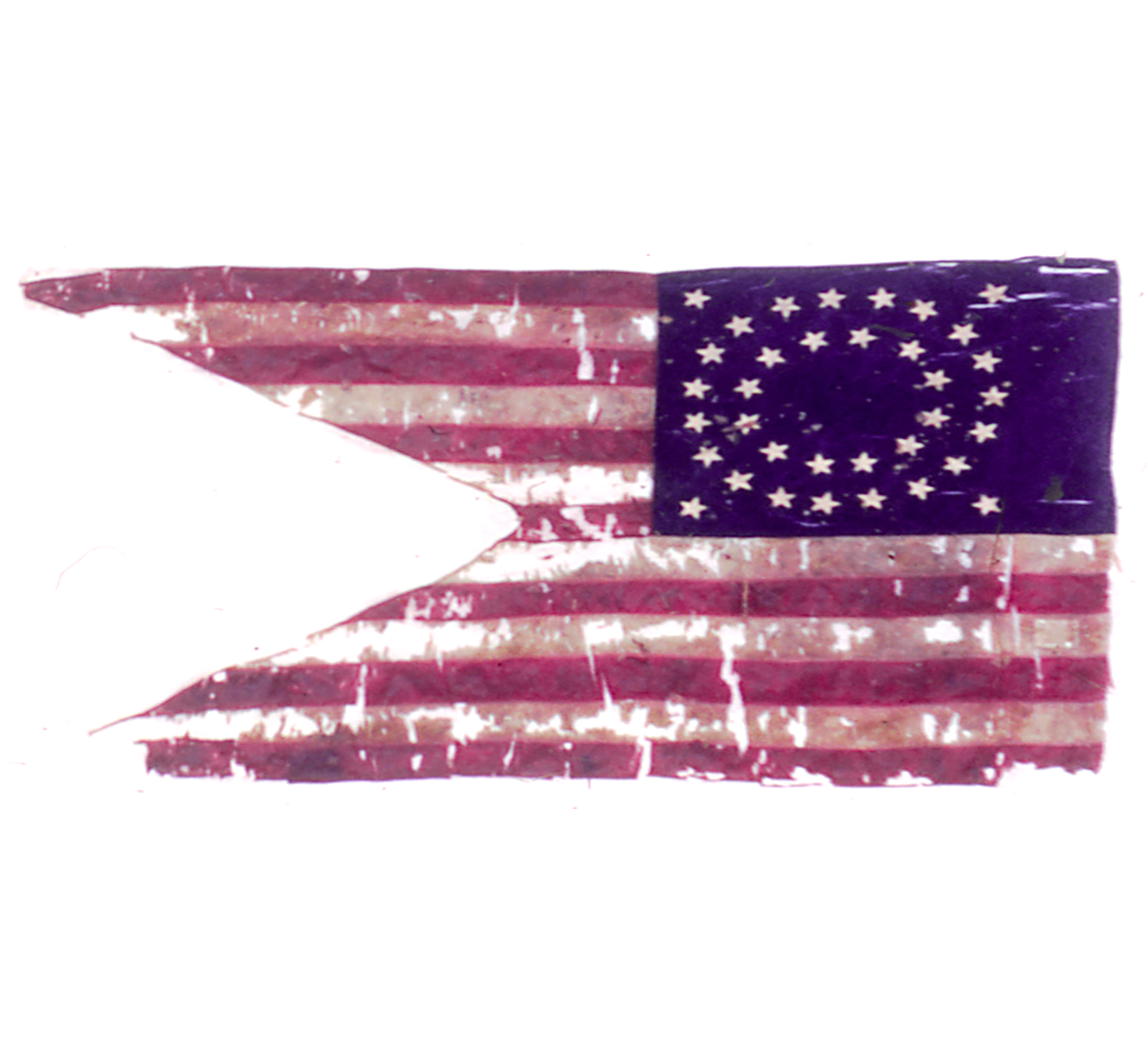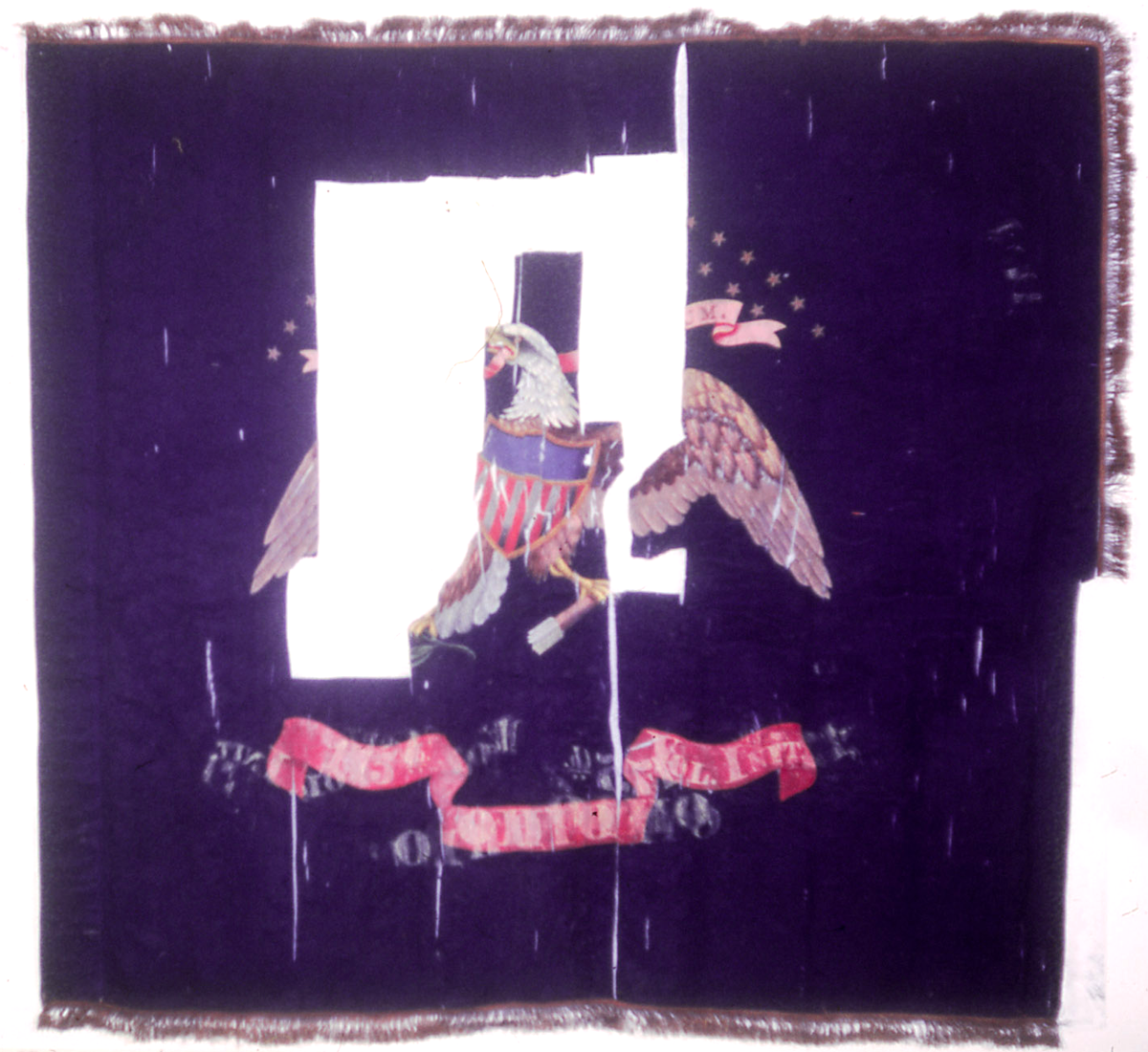'INDESCRIBABLE FURY'
The 160th anniversary of the Battle of Franklin
Story by Sgt. 1st Class Joshua Mann,
Ohio National Guard Historian
“I never saw the dead lay near so thick.”
The brief but powerful words of Col. Emerson Opdycke, commanding officer of the 1st Brigade, 2nd Division, IV Army Corps, which included his former regiment, the 125th Ohio Volunteer Infantry, in his post-battle report vividly describe the carnage of the Battle of Franklin, Tennessee. The battle lasted only a few hours in the late afternoon of Nov. 30, 1864, but the results were devastating for Confederate troops who made up Gen. John Bell Hood’s Army of Tennessee.
The battle was the result of a race between Hood’s 30,000-man army and Union Maj. Gen. John Schofield’s Army of the Ohio, also 30,000 strong. Schofield’s army contained 26 infantry regiments, four artillery batteries and one cavalry regiment from the state of Ohio. Hood’s goal was to threaten Union supply lines that stretched from Atlanta to Nashville, where a Union supply base supported Maj. Gen. William T. Sherman’s march through Georgia. Sherman dispatched Schofield’s army to Nashville, where Maj. Gen. George Thomas was entrenched with 25,000 more Union troops. The combination of the two armies would pose a numerically superior force to Hood’s men. To prevent this, Hood’s goal was to destroy the Army of the Ohio before it could reach Nashville.
A monthlong running fight took pace with Schofield narrowly escaping catastrophe at the Battle of Spring Hill on Nov. 29. The Union Army slipped past Hood’s force during the night and retreated to Franklin on Nov. 30, where they built a defensive line of breastworks and abatis — two types of fortifications that were constructed from available materials to help defend Soldiers from enemy advance and enemy fire. Hood followed and despite his lieutenants’ objections, he decided to execute a frontal assault over two miles of open ground. The two-mile-long Confederate line stepped off at 4 p.m.
The charging, shouting Confederates swept forward, slamming into the Union center resting on the Columbia Turnpike where a desperate struggle broke out on the grounds of the Carter House. A deadly melee of extremely close rifle and cannon fire, combined with hand-to-hand combat followed. Thousands of Confederate soldiers poured through a gap in the line and threatened to sweep the Union position. Posted 200 yards behind the Carter House, Opdycke decisively deployed his brigade forward and stopped the flow of the enemy.
“When I gave the order “First Brigade, forward to the works,” bayonets came down to a charge, the yell was raised, and the regiments rushed most grandly forward, carrying many stragglers back with them,” Opdycke wrote in his official report after the battle. “The enemy were following our troops with great celerity and force. He was met this side of Carter’s house by our charge, and at once put to rout with a loss of 394 prisoners, 19 of whom were officers, 1 a colonel, and 9 battle-flags. A battery and a section of another near Carter’s house were abandoned to the enemy in the stampede and were retaken by this charge and worked by the officers and men of this command. Our lines were now restored, and the battle raged with indescribable fury. The enemy hurled his masses against us with seeming desperation. Officers devoted their mightiest energies to bringing up the stragglers to the breast-works, and we soon had the position impregnable.”
Confederate cavalry troops attacked the Union left flank, but the attack was decisively repulsed by Union cavalrymen. Confederate Gen. A.P. Stewart’s corps followed and attacked up to six times but failed to penetrate the line. As the last of daylight faded away, Hood sent his finals corps forward under torchlight to sweep the Union right flank. The men stumbled in the dark and soon became separated and disorganized. The attack made it to within 50 yards of the Union breastworks when musket flashes filled the darkness and wreaked severe casualties on the enemy.
“These desperate assaults continued till after dark, when the enemy ceased all heavy efforts against our position,” Opdycke wrote. “I twice stepped to the front of the works on the Columbia pike to see the effect of such fighting. I never saw the dead lay near so thick. I saw them upon each other, dead and ghastly in the powder-dimmed star-light.”
After the battle, seven Ohio Soldiers would be awarded the Medal of Honor for their actions at the Battle of Franklin, including six from the 104th Ohio Volunteer Infantry.
Hood’s Army suffered roughly 6,000 casualties. The most crushing impact on the Confederates was the loss of 14 top commanders, including six generals. Schofield’s Army of the Ohio suffered 2,000 killed, wounded and captured in the battle and he marched his Army to Nashville that night. Hood’s diminished force followed but could not prevent the merger of Schofield and Thomas. On Dec. 15-16, 1864, Hood’s Army of Tennessee was shattered at the Battle of Nashville, which effectively ended the war in Tennessee.



